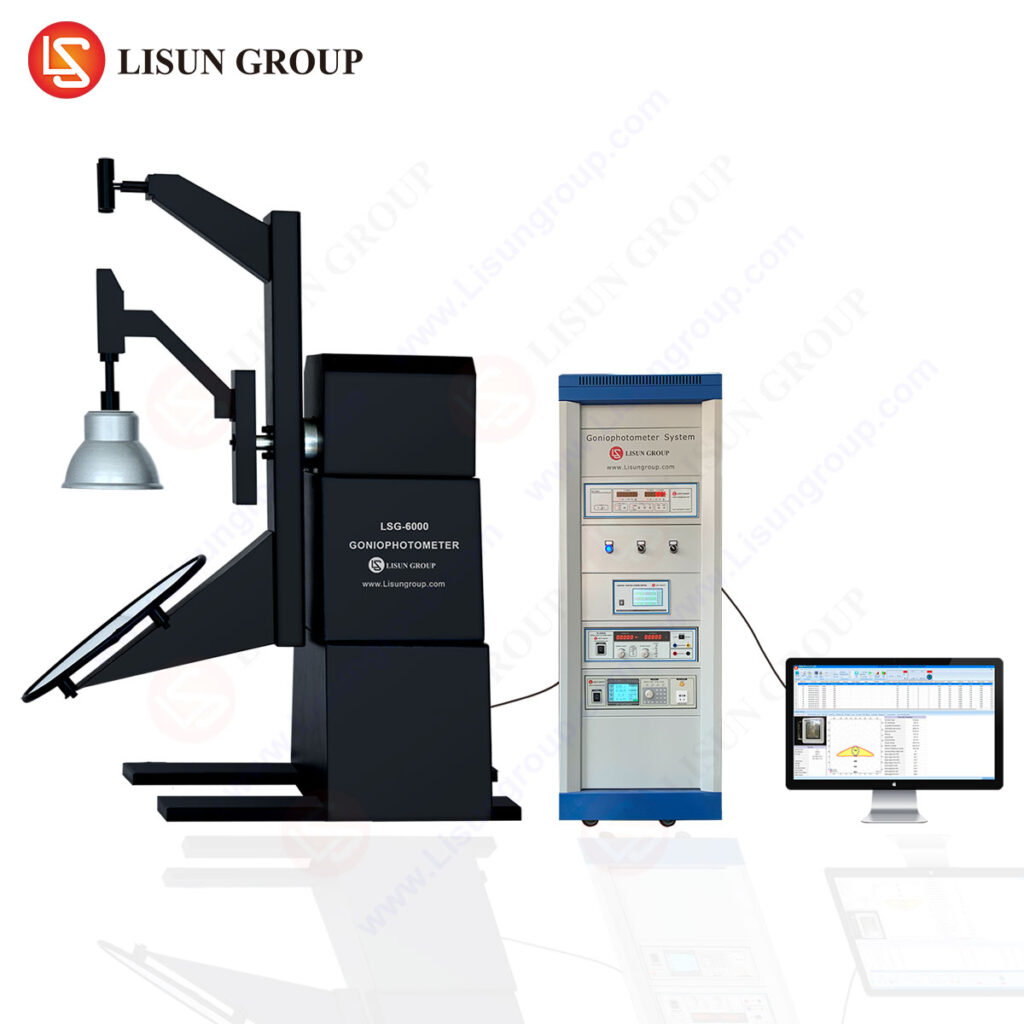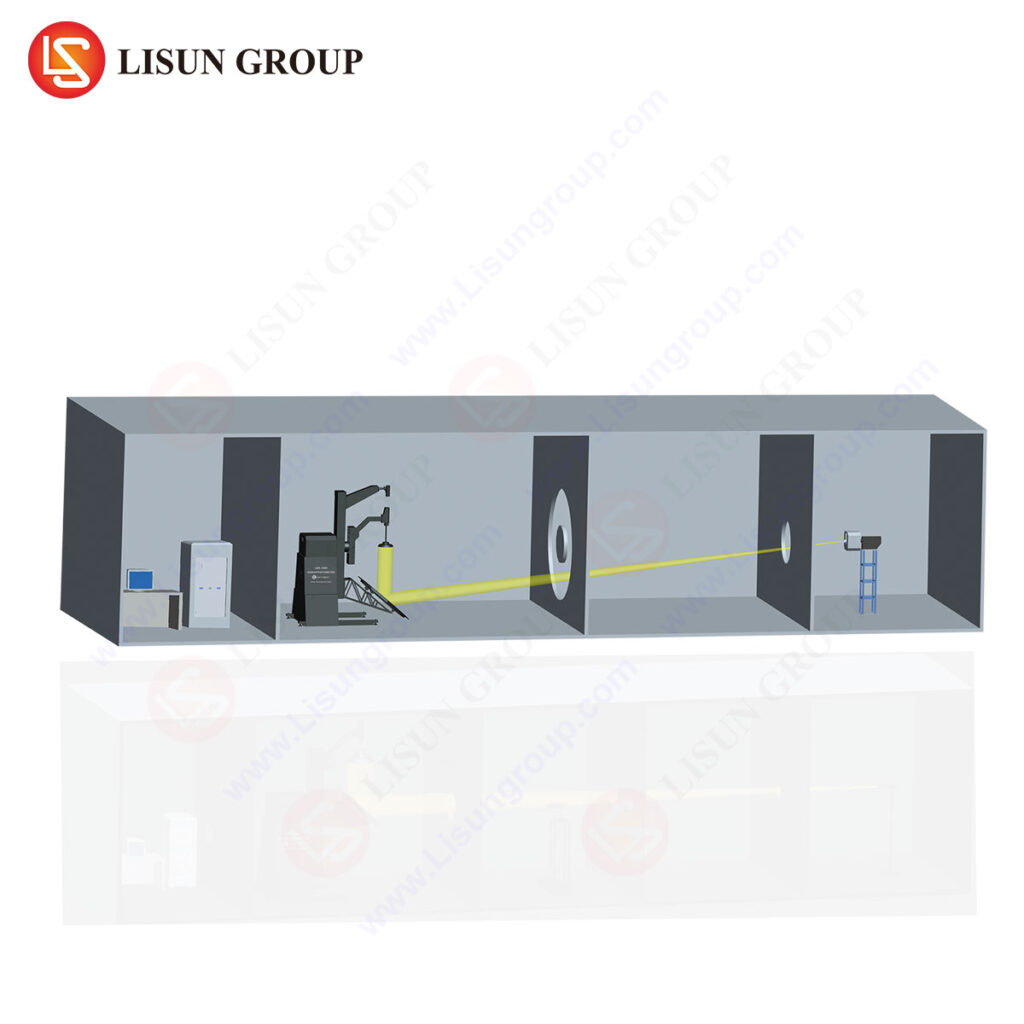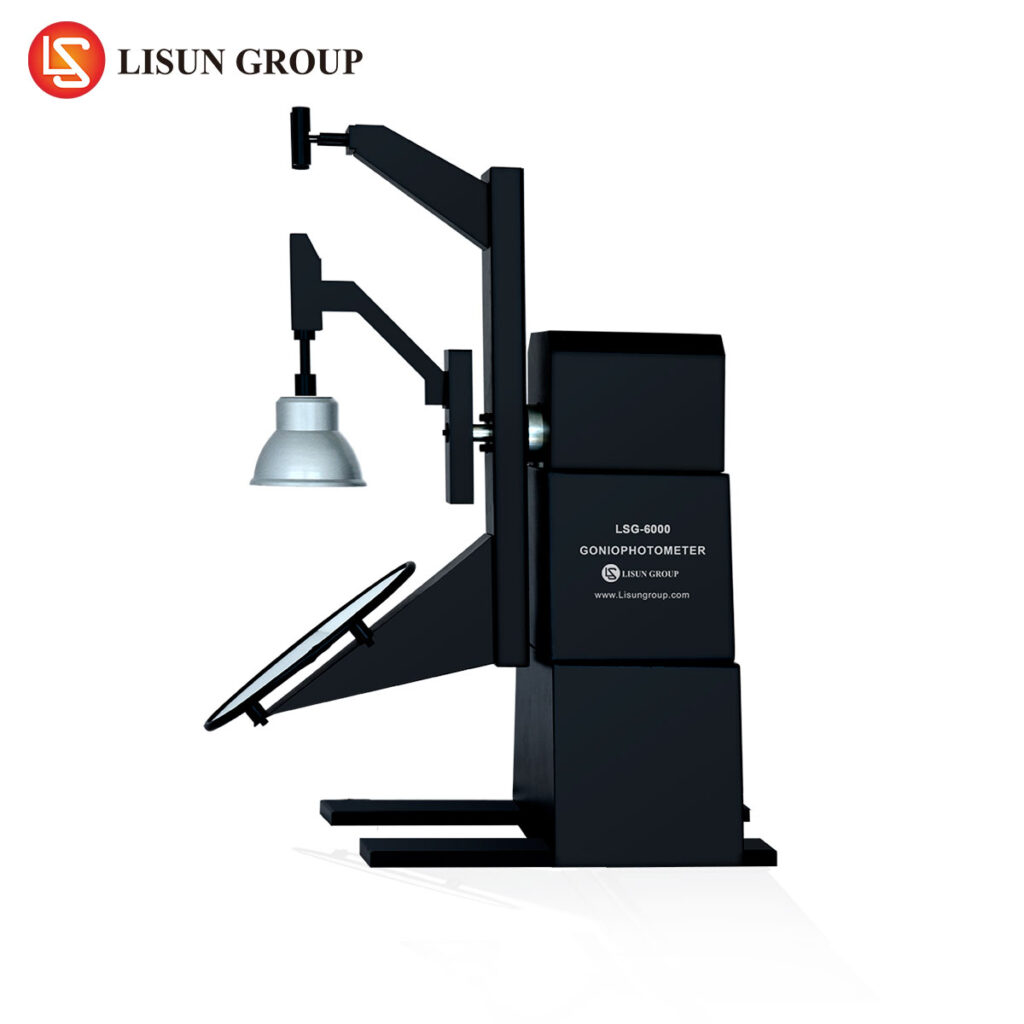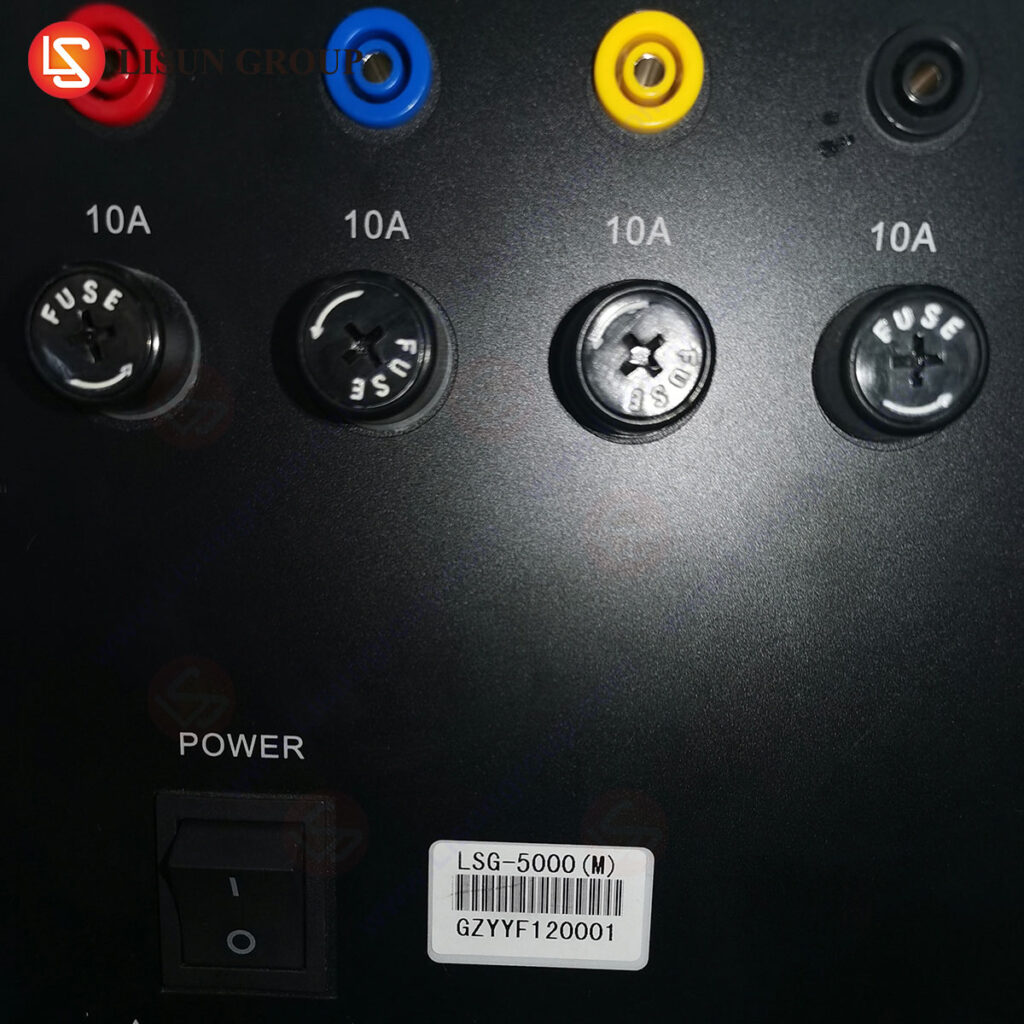Introduction to Unlocking the Potential of LEDs with Mirror goniophotometer testing
Light-emitting diodes (LEDs) are becoming increasingly popular in the lighting industry due to their energy efficiency and long life. However, in order to ensure that LED luminaires are performing as expected, it is important to test them using a mirror goniophotometer. This type of testing is used to measure the light output, beam pattern, and color characteristics of LED luminaires. In this article, we will discuss the importance of mirror goniophotometer testing for unlocking the potential of LEDs.
What is a mirror goniophotometer?
A mirror goniophotometer is a specialized device used to measure the light output, beam pattern, and color characteristics of LED luminaires. It consists of a rotating mirror, a light source, and a detector. The mirror is used to reflect the light from the source onto the detector, which measures the light intensity and color. This type of testing is essential for ensuring that LED luminaires are performing as expected.
Benefits of Mirror goniophotometer Testing
Mirror goniophotometer testing provides a number of benefits for LED luminaires. First, it allows manufacturers to ensure that their products are meeting the required standards for light output, beam pattern, and color. This helps to ensure that the luminaires are performing as expected and are providing the desired lighting effects.
Second, mirror goniophotometer testing can help to identify potential problems with LED luminaires before they are installed. This can help to reduce the risk of costly repairs or replacements down the line.
Finally, mirror goniophotometer testing can help to optimize the performance of LED luminaires. By testing the light output, beam pattern, and color characteristics, manufacturers can make adjustments to the luminaires to ensure that they are providing the best possible lighting effects.
How to Perform Mirror Goniophotometer Testing
Mirror goniophotometer testing is a relatively simple process. First, the luminaire is placed in the testing chamber and the light source is activated. The rotating mirror then reflects the light from the source onto the detector, which measures the light intensity and color. The results of the test are then analyzed to determine if the luminaire is performing as expected.
Conclusion
Mirror goniophotometer testing is an essential part of unlocking the potential of LEDs. By testing the light output, beam pattern, and color characteristics of LED luminaires, manufacturers can ensure that their products are meeting the required standards and are providing the desired lighting effects. Additionally, mirror goniophotometer testing can help to identify potential problems with LED luminaires before they are installed, as well as optimize their performance.
FAQs
Q: What is a mirror goniophotometer?
A: A mirror goniophotometer is a specialized device used to measure the light output, beam pattern, and color characteristics of LED luminaires. It consists of a rotating mirror, a light source, and a detector.
Q: What are the benefits of mirror goniophotometer testing?
A: Mirror goniophotometer testing provides a number of benefits for LED luminaires. It allows manufacturers to ensure that their products are meeting the required standards for light output, beam pattern, and color. Additionally, it can help to identify potential problems with LED luminaires before they are installed, as well as optimize their performance.
Q: How is mirror goniophotometer testing performed?
A: Mirror goniophotometer testing is a relatively simple process. The luminaire is placed in the testing chamber and the light source is activated. The rotating mirror then reflects the light from the source onto the detector, which measures the light intensity and color. The results of the test are then analyzed to determine if the luminaire is performing as expected.





